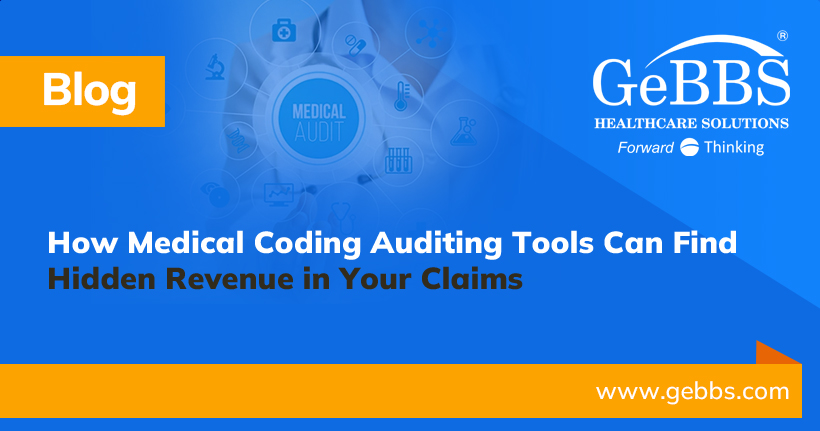Engaging with at-risk medical groups to receive charts for chart retrieval can be a sensitive yet crucial task. Proper engagement ensures that health plans and provider groups meet compliance, quality measures, and accurate risk adjustment scoring. In this guide, we’ll cover the essential steps to effectively engage with at-risk medical groups, secure their collaboration, and improve overall documentation and coding accuracy.
What Does Engagement Mean in This Context?
Engagement refers to fostering a collaborative, transparent, and mutually beneficial relationship between healthcare organizations (e.g., health plans or vendors) and medical groups. In the context of chart retrieval, it’s about creating a relationship where medical groups understand the value of sharing their data and feel supported in doing so.
Engagement requires more than simply requesting charts. It involves consistent communication, education, and demonstrating how chart reviews can improve the group’s risk adjustment scores, revenue, and patient care. Your goal is to build trust and show that the collaboration will benefit both parties.
Step-by-Step Guide to Engagement
1. Establish a Clear Communication Strategy
Good communication forms the foundation of engagement with at-risk medical groups. From the outset, it’s essential to establish transparent, consistent communication channels. Here’s how:
- Initial Outreach: Introduce your team and explain your role in chart retrieval. Be clear about the purpose of the request, highlighting the benefits for both the medical group and the patients.
- Tailored Communication: Understand that each medical group is different. Tailor your communication based on the group’s size, their risk scores, and previous interactions. Use personalized emails or calls to explain why this process is vital.
- Clarify Expectations: Be transparent about timelines, the number of charts needed, and the retrieval process. When the medical group understands what’s expected of them, they are more likely to comply.
2. Requesting Chart Reviews: Frequency and Timing
Determining how often to request chart reviews is critical in maintaining a cooperative relationship with medical groups. You don’t want to overwhelm providers, but you also need regular data to ensure compliance and accurate scoring.
- Quarterly Reviews: Request chart reviews quarterly to ensure risk adjustment factors are being regularly captured and reviewed. This timing gives providers enough time between requests to avoid burnout while ensuring data is up-to-date for annual submissions.
- End of Reporting Period Push: Towards the end of a risk adjustment reporting period, increase the frequency of communication and requests. Medical groups often understand the need for final-year cleanups and may be more willing to participate.
- Be Proactive, Not Reactive: Reach out before deadlines loom. Engage the group early to allow for ample time to retrieve charts and perform necessary reviews.
3. How to Ask for Coding Audits
Coding audits are essential to improving the accuracy of documented diagnoses, yet many providers may be resistant. Here’s how to make this process more palatable:
- Frame as Educational, Not Punitive: Present coding audits as a way to improve care quality and reimbursement. Position the audit as a learning opportunity that benefits the providers and their patients by ensuring that all conditions are properly documented.
- Share the Why: Explain how coding audits can uncover missed diagnoses or inaccurately reported codes, which can affect a medical group’s overall risk adjustment scores and, ultimately, their funding and resources.
- Offer Support: Provide coding education and resources to help providers feel more confident about future audits. For instance, offer on-site training or webinars to improve coding skills based on the audit results.
4. Communicating About Risk Scores and Documentation Gaps
Conversations about suboptimal risk scores or incomplete documentation are delicate. Providers may feel defensive if they perceive these discussions as criticisms of their work. The key here is empathy and clarity.
- Use Data to Start the Conversation: Instead of making general statements, use specific data to guide the conversation. Show the provider a side-by-side comparison of their current risk scores and what their potential scores could be with complete documentation.
- Position It as a Partnership: Use inclusive language that emphasizes collaboration. Instead of saying, “Your risk scores aren’t where they need to be,” try saying, “We’ve identified opportunities to optimize your risk scores and ensure that all patient conditions are being properly captured.”
- Highlight the Impact on Patient Care: Reiterate that complete documentation helps not just with risk adjustment but also with patient outcomes. Providers want to offer the best care, and you can frame documentation as a tool for better patient care and clinical accuracy.
5. Improving Documentation for 100% of Patient Diagnoses
One of the most significant challenges in chart retrieval is ensuring that providers document every diagnosis for each patient. Providers often miss secondary conditions, which impacts both risk scores and patient care plans. Here’s how you can help improve documentation:
- Educate on the Importance of Secondary Diagnoses: Secondary conditions, such as hypertension or diabetes, can significantly impact risk adjustment. Educate providers on why it’s crucial to document these alongside primary conditions.
- Provide Tools and Resources: Offer templates or electronic health record (EHR) prompts to help providers remember to document all conditions. Some EHR systems allow for automatic reminders when certain diagnoses are present but not documented.
- Follow Up with Feedback: After each chart review or audit, follow up with feedback that highlights areas where documentation improved and where further improvement is needed. Provide positive reinforcement for proper documentation.
Conclusion
Engaging with at-risk medical groups for chart retrieval and coding audits requires a balance of clear communication, education, and strategic collaboration. By establishing trust, framing requests in a positive, mutually beneficial light, and maintaining consistent communication, you can create a smooth process that benefits both the medical group and your organization.
Ensuring that all diagnoses are captured accurately and completely will help optimize risk adjustment scores and improve patient outcomes, ultimately leading to a more robust healthcare system.
How GeBBS Can Support Your Chart Retrieval Needs
At GeBBS Healthcare Solutions, we understand that engaging with at-risk medical groups can be complex and time-sensitive. Our comprehensive chart retrieval services are designed to streamline the process, ensuring timely access to charts while fostering strong partnerships with medical groups. With a combination of digital chart retrieval, advanced analytics, and an experienced team, GeBBS can help you navigate the challenges of chart acquisition and optimize your risk adjustment efforts. By partnering with us, you can rely on efficient chart retrieval and expert support in improving coding accuracy and compliance. GeBBS’ proven approach not only enhances engagement with providers but also ensures that your organization captures every opportunity for accurate risk adjustment and quality improvement. Let us help you maximize your performance by simplifying the chart retrieval process, securing full documentation, and improving overall outcomes for both your organization and the patients you serve.






